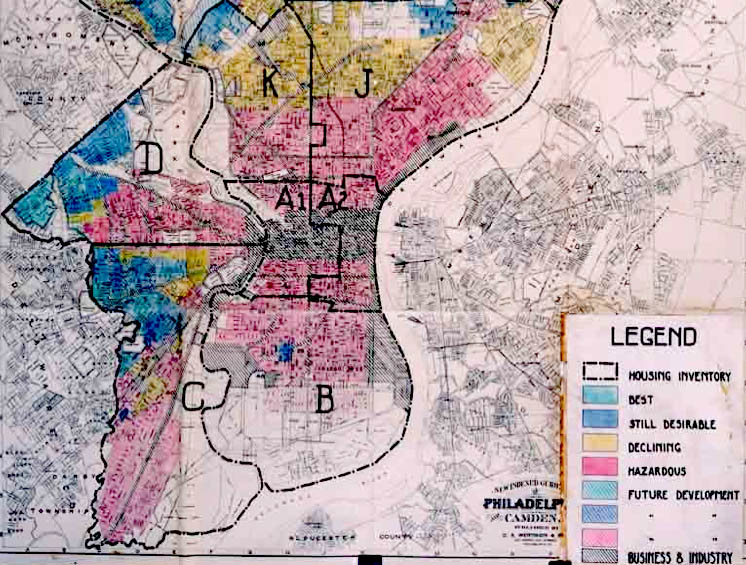Published on August 30, 2018

Honorably discharged after serving in the Korean War, the young man looked to settle down in Tacoma with his wife. If only they could convince someone to show them a home. If they got to a house first, the real estate agent would leave upon seeing them. They learned to park down the street and wait for the agent to approach the house. Then they’d make their move: Drive up and catch him between his car and the front door of the house so he couldn’t leave. But even that hadn’t landed them a home.
The ex-soldier was Harold Moss, who one day would become the first black mayor of Tacoma and president of the Tacoma NAACP. His then wife, Bil Moss, years later would become the first executive director of Planned Parenthood of Pierce County.
But in the 1950s they were just another black couple fighting discrimination in an uphill battle to buy a home in Tacoma. “We felt blackballed,” Bil Moss said in a recent interview. Like many African Americans across the nation, the Mosses were victims of redlining. Though redlining has been illegal for decades, racism in real estate continues in more subtle patterns.
Today, some agents show black families like hers homes only in certain neighborhoods in a practice called “steering,” said Linda Hurley Ishem, an Urban Studies senior lecturer at University of Washington Tacoma. She’s studied the effects of redlining in the Puget Sound area.
Continue reading at The News Tribune
Originally posted on The News Tribune by Kate Martin